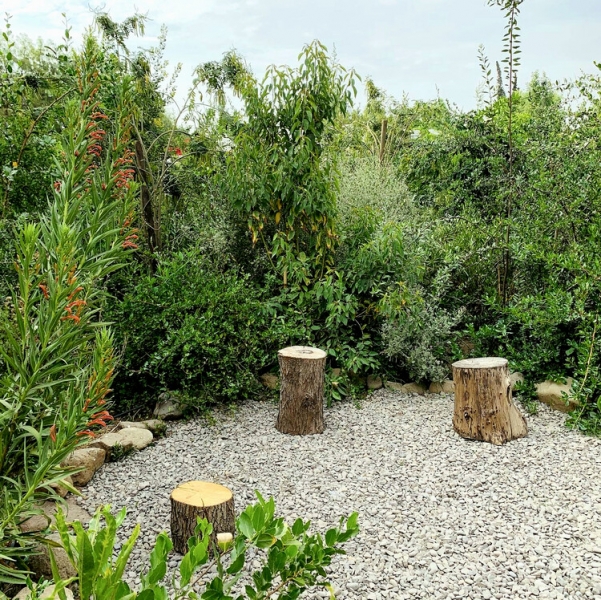The Importance of Native Forests in Urban Landscaping
n the 19th century, urban life was enhanced by the creation of gardens and parks, which marked the beginning of modern landscaping. However, some urban parks have become decontextualized and unsustainable due to excessive structure and artificiality. Landscaping has now evolved to adopt a more organic approach tailored to local ecosystems. Native forests are a great example of this, as they are not only ecological restorers of degraded areas but also improve air quality, retain rainwater, and create biodiverse green spaces. We spoke with Magdalena Valdés, founder and director of Bosko, to learn why native forests are the right path towards conscious and truly ecological landscaping.
José Tomás Franco: You use the Akira Miyawaki method of ecological restoration to generate fast-growing native forests. What does this system consist of, and why is it important in the current context?
Magdalena Valdés (Bosko): The Miyawaki Method is an intensive ecological restoration system that aims to reconstitute a reference ecosystem by imitating its conditions in its mature version. For example, if the ecosystem is a temperate forest, the soil conditions and plant species that would exist in that place if there had been no human intervention are observed. This method is important in the current context as it enables the development of self-sustaining native forests that are efficient in their conservation and restoration. Moreover, it helps to create a biodiverse environment that can deeply connect people with nature.
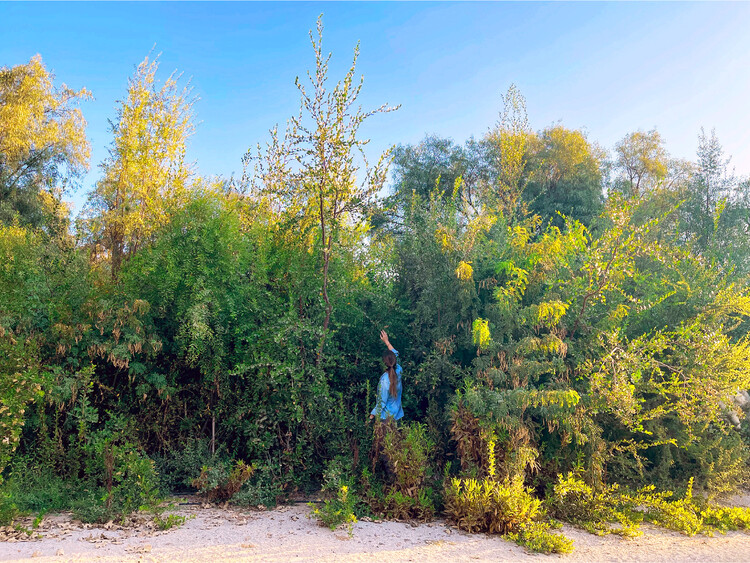
Therefore, the soil is carefully prepared to improve its oxygenation and nutrient content through the addition of organic matter. The goal is to achieve soil characteristics that mimic those of a mature temperate forest. Then, suitable plant species are selected from all the strata typical of the target ecosystem and planted in high density, typically 3-5 plants per square meter. This approach promotes mutual cooperation and competition between species, similar to a natural forest ecosystem.
To facilitate the growth of a healthy forest, a layer of mulch is applied to the soil to protect it from sunlight and promote the growth of microbial life. This process facilitates the interactions within the forest, leading to an increasingly complex and diverse ecosystem.
The Miyawaki method makes it possible to recover properties of the original ecosystem and obtain environmental benefits, such as improving air quality, reducing ambient temperature, and filtering and retaining rainwater. However, one of its significant benefits is that it produces native forests with accelerated growth, which translates into highly attractive spaces from a human perspective. It allows us to perceive how degraded soils grow and transform into exuberant forests, which become shelters for biodiversity and people in a short time.
This makes them ideal for installation in urban spaces. Their impact is not only ecological, by capturing CO2 and other pollutants, but also profoundly social, by bringing people closer to the knowledge, attachment, and care of their own natural heritage within the city. Hundreds of Miyawaki forests have been created in cities in Asia and Europe, and now at Bosko, we are doing the same in different parts of Chile.
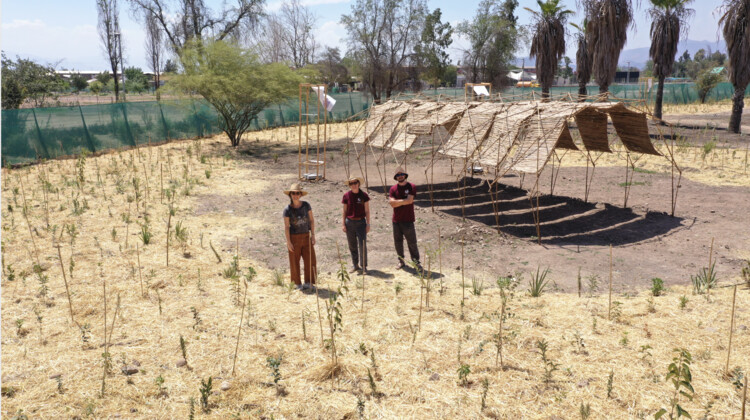
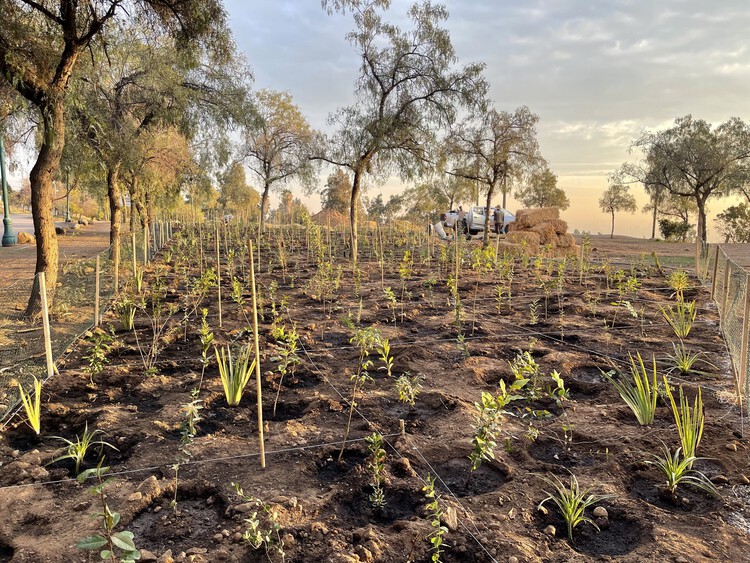
José Tomás Franco: Many architects and designers focus on creating new buildings and structures, but what is the importance of ecological restoration in architectural projects?
Magdalena Valdés (Bosko): Ecological restoration is essential for the recovery and rehabilitation of degraded natural environments, as well as the restoration of their biodiversity and ecosystem services. When an architectural project is developed, it inevitably impacts the location where it is situated and its ecosystem. In this context, applying a conservation approach with minimal intervention and following ecological restoration practices can help to properly integrate the project into its natural environment and mitigate the consequences of the intervention.
By considering the surrounding natural environment and applying ecological restoration principles, architects can create designs that are both sustainable and respectful of the natural world. It involves analyzing the area’s ecology, identifying areas that need restoration, and implementing techniques to rehabilitate degraded environments. This approach also helps to foster a greater connection between humans and the natural world, as buildings and structures are built in harmony with the surrounding environment.
Ecological restoration can also help to mitigate the negative impacts of climate change on ecosystems, such as soil erosion, habitat fragmentation, and loss of biodiversity. By integrating ecological restoration practices into architectural projects, we can create a more sustainable and resilient built environment that benefits both humans and the natural world.
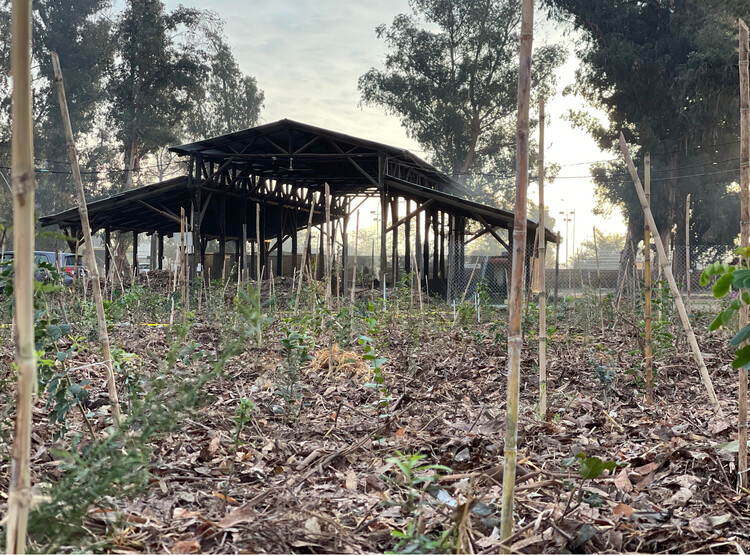
Antes: Parque Vicente Huidobro en Pirque, Chile (800 m2). Image Cortesía de Bosko
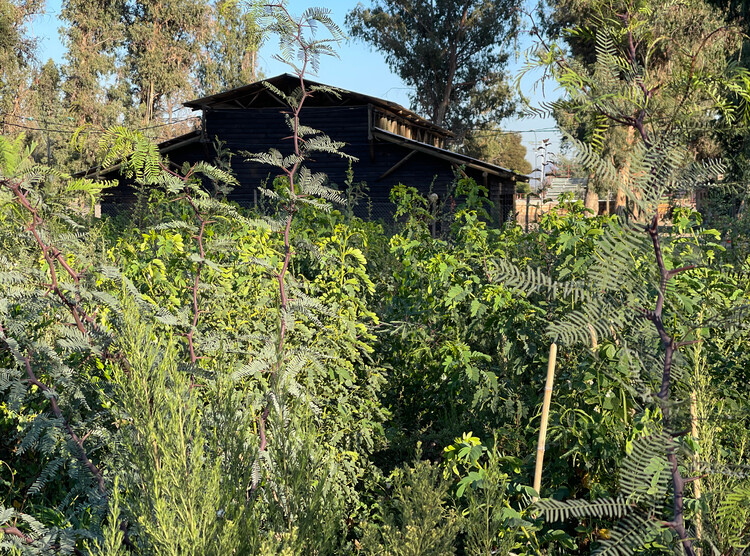
Después de 8 meses: Parque Vicente Huidobro en Pirque, Chile (800 m2). Image Cortesía de Bosko
The Miyawaki method is an exceptional tool to address highly degraded terrain, especially in urban areas. This method can generate a significant positive impact in the short term, accelerating the repair and recovery of a damaged space and transforming it into a biodiverse nucleus. Our goal is to contribute to envisioning a piece of land, a neighborhood, or a city as an integrated and efficient green network of forests and urban vegetation, amplifying its impact and achieving more ambitious socio-environmental objectives with a holistic vision.
Urban forests provide a unique opportunity to reintroduce nature to our cities, creating biodiverse and dynamic sources that can also enhance people’s quality of life. They help purify the air, reduce the effect of heat islands, improve climate resilience, and confer a multitude of well-documented benefits to people’s physical and mental health. By adopting the Miyawaki method, we can create a forest in a short period that is structurally and functionally similar to a natural forest, thereby offering all of its benefits. Moreover, this method has the potential to create a dynamic and self-sustaining ecosystem that can adapt to changing conditions, making it an ideal solution for creating resilient and long-lasting urban forests.

José Tomás Franco: Landscaping associated with architectural projects appears to prioritize the selection of “trendy species” for aesthetic purposes, which seems to go against what you propose. How do you approach traditional landscaping differently, and what additional benefits can it provide? To what extent is it possible to manage and accommodate the visual appearance of a Miyawaki forest?
Magdalena Valdés (Bosko): At Bosko, we consider ourselves agents of a distinct type of landscaping that is ecological, aesthetic, and functional, with the aim of achieving a deeper connection between people and nature.
Native forests provide a more sensory type of landscaping that connects people in a more intimate way with nature, providing shelter, shade, intimate spaces, flows, rhythms, sounds, and smells.
The design of a Miyawaki forest can be highly adaptable in its layout, incorporating paths, walkways, empty and full spaces. However, ecological criteria should always be the priority, respecting the “body of forest,” which is a minimum area required for nature to flourish and develop properly. We design Miyawaki forests by prioritizing the placement of species inside, creating a rich and diverse forest. For the contour, however, our criteria is more aesthetic in selecting the most attractive native species, such as herbaceous ones with showy flowers, to enhance their wild and dense appearance.
The Miyawaki forests created by the Swiss NGO SUGi, a great collaborator and inspiration for Bosko, for the Vuitton and Moet Chandon Foundation in London, are beautiful examples of the fusion between ecology and aesthetics.
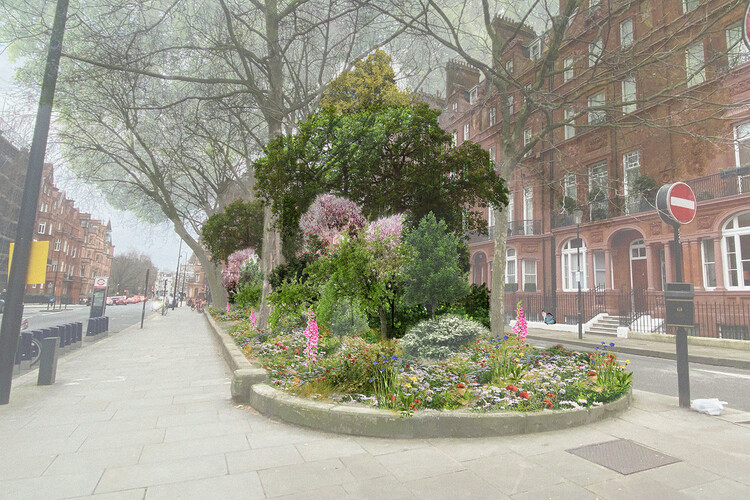
Bosque Miyawaki SUGI para Louis Vuitton & Moet Chandon en Londres, Reino Unido. Image Cortesía de Bosko
Another example recently executed by Bosko in Chile is the Adriana Hoffmann Native Garden at the Mirador Interactive Museum (MIM), where the design incorporates shapes and paths, along with an adequate distribution of species and heights, creating welcoming and attractive spaces for visitors.
José Tomás Franco: Could you explain the process for restoring a “new soil”? What factors should be taken into consideration, and how long does it typically take for the soil to be restored?
Magdalena Valdés (Bosko): The soil improvement process begins with observation and analysis. The objective of a Miyawaki forest is to imitate the reference ecosystem in its mature state. This means projecting the same soil to intervene, as if there had been no human intervention. In a space where a forest should have existed, the soil should be loosened, oxygenated, and full of microbiological life associated with bacteria and fungi, as well as organic matter. Additionally, it should be covered with leaf litter typical of the forests, including twigs, decayed trunks, countless leaves, and dead insects. The mission is to loosen the soil to oxygenate it, incorporate organic matter in a dose that allows reaching an adequate minimum for the healthy development of the forest, and cover it with mulch to simulate the protective leaf litter on the forest floor.
The duration of this process, which is key in the creation of a Miyawaki forest, can range from 3 days to 2 weeks depending on factors such as the complexity of the soil and the size of the future forest.
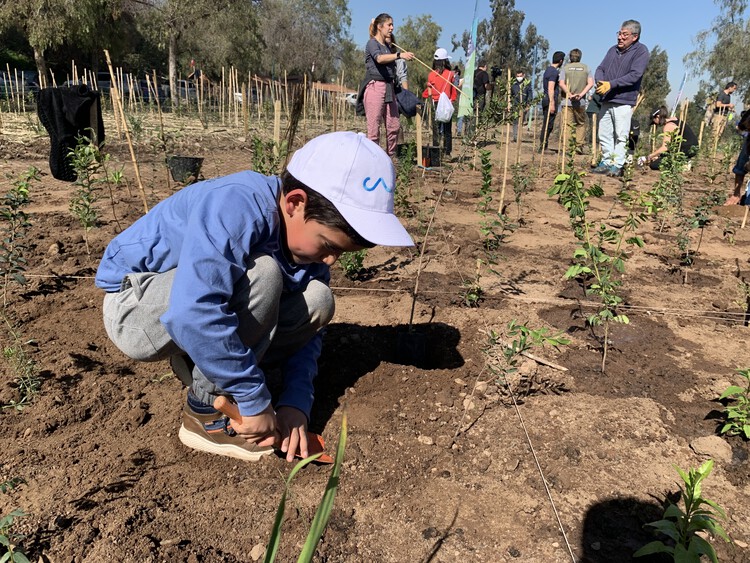
Plantación comunitaria en Parque Mahuida en La Reina, Chile. Image Cortesía de Bosko
José Tomás Franco: How have you seen the evolution of your first forests and regenerative landscaping projects after a few years? What kind of benefits can you start to notice?
Magdalena Valdés (Bosko): Our first Miyawaki forest, which covers an area of 280 m2 in Pirque (Chile), was planted three and a half years ago. Currently, its canopy reaches over 8 meters in height, largely comprised of maytenus and soap bark trees. The forest boasts high biodiversity, with approximately 80% of native flora species surviving, and serving as a thriving habitat for a range of birds and insects including quebracho butterflies, giant hummingbirds, and beetles.
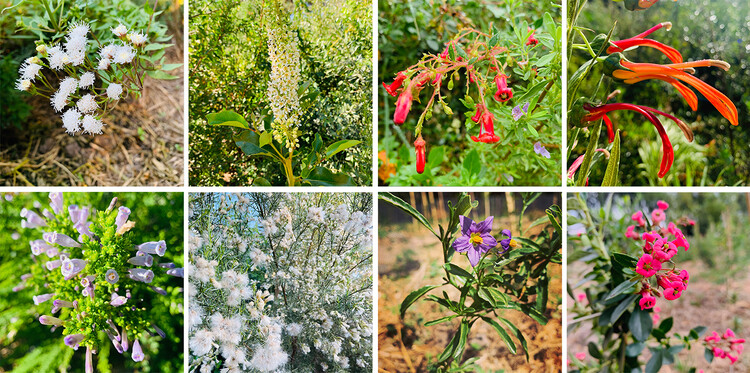
Bosque Miyawaki “Los Maitenes” en Pirque, Chile. Image Cortesía de Bosko
Its soil is soft, humid and covered with organic litter. Its temperature is considerably lower than the temperature outside, and upon entering its empty center, which is specially designed for the Japanese practice of “forest bathing” or Shinrin-yoku, one experiences a sense of peace and disconnection.
Since its planting, this Miyawaki forest has reduced water consumption by 60% and does not require maintenance, except for personal interests. As Akira Miyawaki said, “the best management of a forest is its non-management.”
